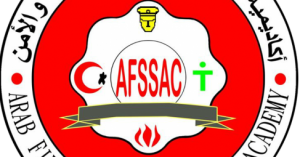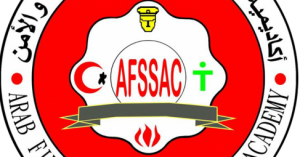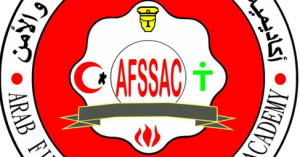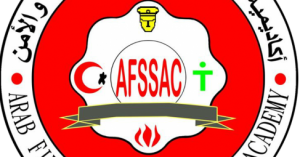Overview:
The workshop will provide an overview of the United States Building Codes and Standards sys
tem for the design, construction and regulation of buildings and how the ICC’s complete building safety system is
an effective system for protecting the health, safety and welfare of occupants and building resilient communities.
A general overview of several ICC Codes referenced in the International Building Code (IBC) will be presented
as well as discussing the overall IBC fire and life safety concepts and requirements.
About ICC:
The International Code Council (ICC) is a member-focused association. It is dedicated to de
veloping model codes and standards used in the design, build and compliance process to construct safe, sustainable, affordable and resilient structures. Most U.S. communities and many global markets choose the International Codes. The International Codes, or I-Codes, published by ICC, provide minimum safeguards for people at home, at school and in the workplace. The I-Codes are a complete set of comprehensive, coordinated building safety and fire prevention codes. Building codes benefit public safety and support the industry’s need for one set of codes without regional limitations
Speaker: Eng. Hamid Naderi ,P.E. ,CBO
International Code Council
Senior VP – Business and Product Development
Hamid Naderi, P.E, CBO, is the Senior VP of Business and Product Development with the International Code Council (ICC), where he is responsible for Education and Certification programs as well as managing the development of ICC technical publications and implementing business strategies to strengthen ICC technical programs through partnerships with associations, publishers and other technical entities. In addition, Mr. Naderi develops and presents building code, residential code and existing building code technical seminars internationally, and has served as technical staff secretariat for the drafting of the International Existing Building Code (IEBC), and the proposed provisions for Dangerous Buildings. A graduate of the University of Texas in Civil Engineering, a licensed professional engineer and a Certified Building Official, Mr. Naderi has over 30 years of experience in various areas of construction materials testing, building codes administration, training and publications.
Time & location :
Monday, June 1st, 2015, 9 a.m. to 3 p.m.
Arab Fire Safety and Security Academy
Phase IV, Industrial City, Jeddah
contact us
RSVP to our academy and contact Mr. Ahmed Ismaeel
PO Box : 31537• Jeddah, KSA 21418
Phone : +966126365915 / +966126370448
Fax : +966126370356
Email : info@arsisc.com.sa – ahmed@afssac.edu.sa
Website : www.afssac.edu.sa
[embeddoc url=”http://www.afssac.edu.sa/home/wp-content/uploads/2015/04/icc_1.pdf” viewer=”google”]






